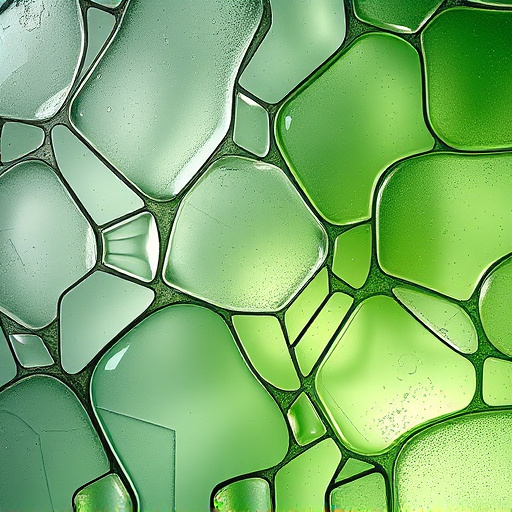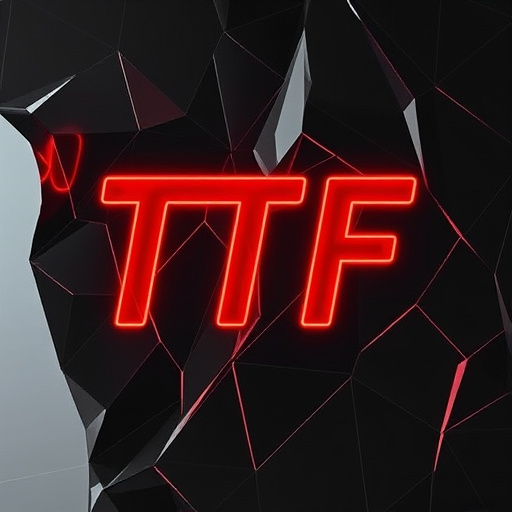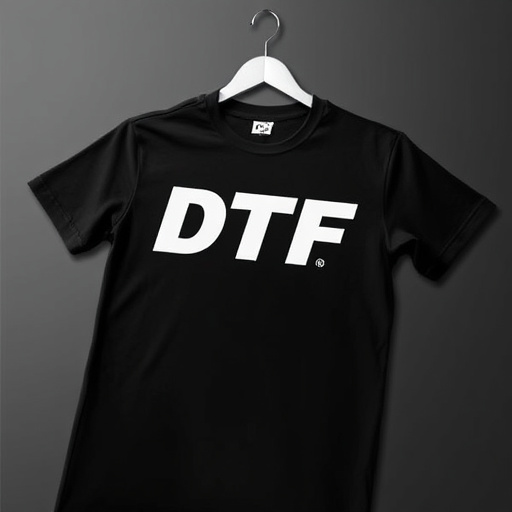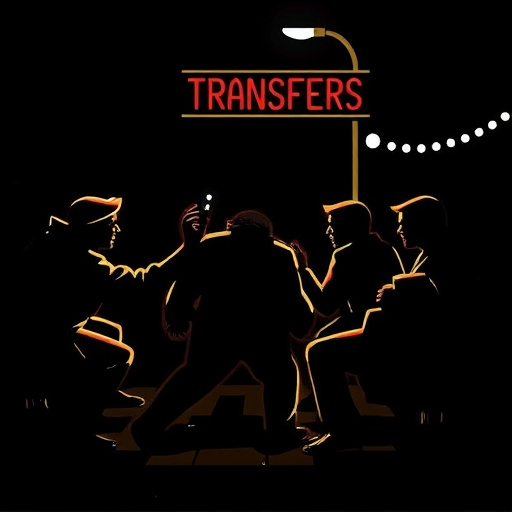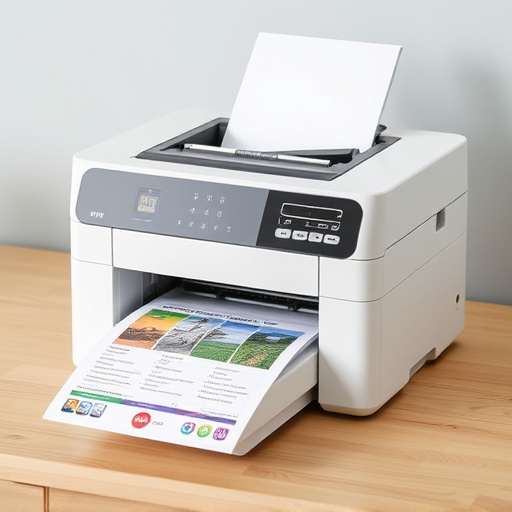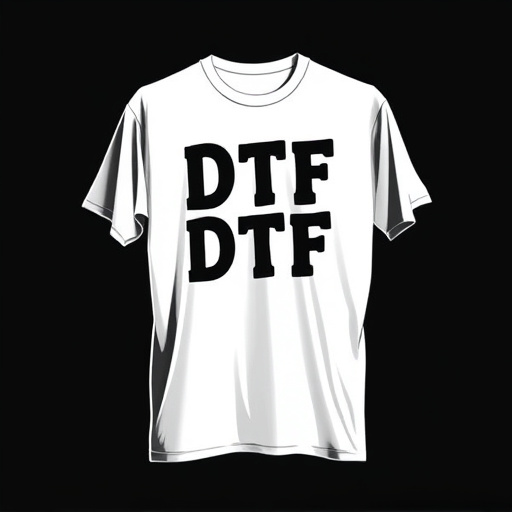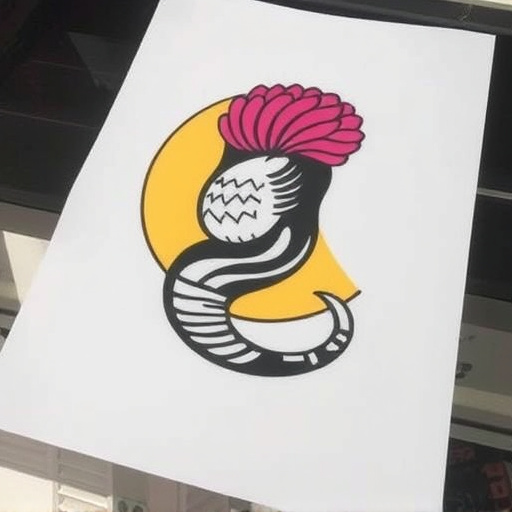DTF Shirt Printing leverages advanced heat press technology and printing software to create precise, vibrant designs directly on fabric, revolutionizing custom apparel. It involves preparing graphics with alignment tools, checking for transparent areas, converting to suitable formats (PNG, JPEG), and testing prints for optimal color accuracy on various fabric types, ensuring high-quality, personalized results.
Mastering the art of aligning graphics for DTF (Direct-to-Film) shirt printing is a game-changer. This technique promises vibrant, crisp designs on a variety of fabrics. To unlock its potential, understand the basics of DTF printing and prepare graphics tailored for precise alignment. Explore proven techniques to ensure your artwork seamlessly integrates with the shirt’s design, resulting in high-quality, visually stunning custom apparel.
- Understanding DTF Shirt Printing Basics
- Preparing Graphics for Aligned Placement
- Techniques for Precise Graphic Alignment
Understanding DTF Shirt Printing Basics

DTF Shirt Printing, or Direct to Fabric (DTF) printing, is a cutting-edge method that has revolutionized the apparel industry. Unlike traditional printing techniques, DTF for t-shirts allows for precise, vibrant graphics directly on fabric using specialized equipment. This process involves transferring ink through a heated platens and press, creating stunning designs with excellent durability. Heat press plays a crucial role in this technique, enabling accurate alignment and ensuring the graphic is precisely positioned on the shirt.
Understanding DTF’s fundamentals is essential for achieving optimal results. By mastering this method, businesses can offer high-quality custom apparel, catering to diverse customer preferences. With its ability to produce complex designs with vibrant colors, DTF for apparel stands out as a game-changer in the print-on-demand market, meeting the growing demand for unique and personalized clothing items.
Preparing Graphics for Aligned Placement

To ensure proper alignment during DTF Shirt Printing, it’s essential to prepare graphics with careful consideration. Start by scaling and cropping your designs to fit the desired dimensions of the shirt. This process guarantees that your artwork, whether a logo or text, will be accurately positioned on the garment. Next, utilize the grid system provided by your printing software. By aligning key elements of your graphic to these grids, you can maintain consistent placement across multiple shirts, making it ideal for clothing brands aiming to create custom t shirts with logos dft.
Additionally, check for any potential issues like transparent areas or overlapping elements that might disrupt the printing process or result in inaccurate color reproduction. Convert all graphics to a suitable file format, typically PNG or JPEG, ensuring they meet the resolution requirements for DTF transfer. This preparation not only facilitates seamless DTF shirt printing but also guarantees that your final products will showcase crisp, well-aligned designs.
Techniques for Precise Graphic Alignment

When it comes to DTF Shirt Printing, precise graphic alignment is key to achieving a polished, professional look. There are several techniques to ensure your designs line up perfectly with the fabric. One method involves using alignment tools within your design software, which can help you center and adjust graphics before printing. These tools allow for exact positioning, ensuring that text, images, and other elements align correctly on the t-shirt.
Additionally, utilizing print test patches and calibrating your printer according to the fabric type is beneficial. DTF (Direct to Fabric) printing for dark fabrics requires special attention due to its unique properties. By testing a small swatch of the fabric and adjusting the print settings accordingly, you can achieve optimal color accuracy and crispness. This process ensures that graphics on dtf for t-shirts are vibrant and well-defined, enhancing the overall aesthetic appeal of your final product.
Proper graphic alignment is key to achieving high-quality results in DTF shirt printing. By understanding the fundamentals of DTF printing, preparing graphics accordingly, and utilizing precise alignment techniques, you can ensure your designs are accurately transferred onto shirts, creating visually appealing and professional outcomes. Master these steps, and you’ll be well-equipped to produce stunning custom apparel.







